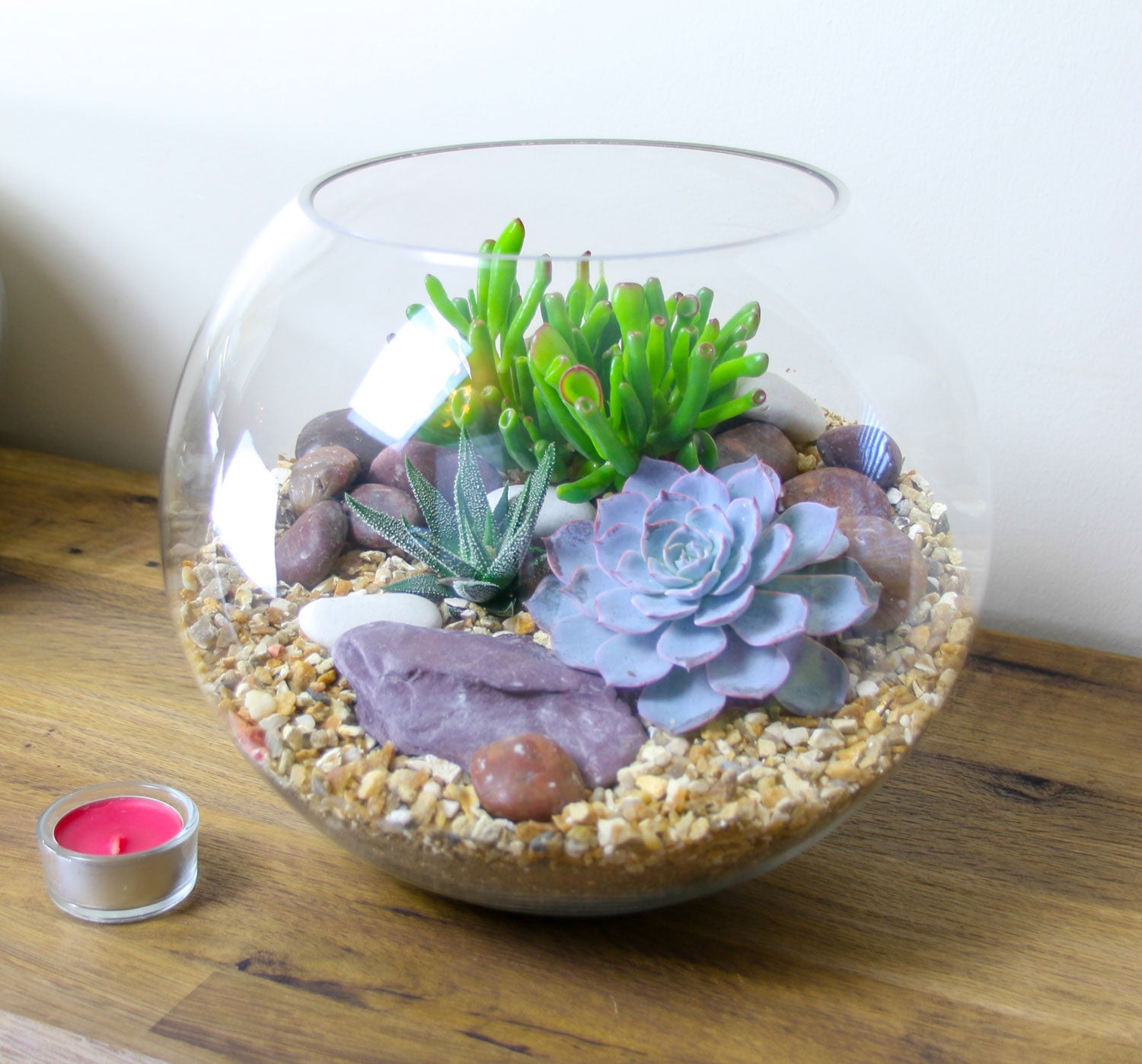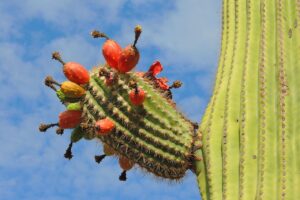Glass terrariums filled with succulents have become a popular decorative element, offering a unique fusion of aesthetics and horticulture. Have you ever considered how much a well-designed terrarium could brighten your living space? However, creating a thriving terrarium presents its own set of challenges. How can one ensure that these beautiful plants remain healthy and vibrant within their glass enclosure?
Crafting a stunning succulent terrarium is not just about selecting the right plants; it’s also a symphony of design, care, and understanding your plants’ requirements. From choosing the perfect glass container to monitoring humidity levels, every detail counts. This article aims to guide you through the intricate process of creating a gorgeous succulent terrarium in glass, elucidating the necessary steps while addressing some common pitfalls.
Understanding the Components of a Successful Terrarium
Before plunging into the construction of your terrarium, it is essential to comprehend the various elements that contribute to a prosperous ecosystem. Each layer within the glass container plays a pivotal role in sustaining the succulents.
Choosing the Right Glass Container
Glass containers come in myriad shapes and sizes, offering an opportunity for creativity. A wide opening allows easy access for maintenance, while a closed container can maintain higher humidity levels. Will you opt for a classic globe, a geometric shape, or perhaps a rustic jar? Consider the specific needs of your succulents. Some varieties thrive in drier conditions, while others may appreciate slightly more humidity.
Selecting Suitable Succulents
Not all succulents are created equal when it comes to terrarium life. An array of colorful varieties exists, such as Echeveria, Haworthia, and Sedum. Each of these species boasts unique growth habits. For instance, Echeverias prefer more sunlight, while Haworthias can tolerate shadier conditions. What combinations yield the most visually appealing results while ensuring the plants complement one another’s needs?
Layering the Terrarium
Building a successful terrarium demands attention to layering. The first layer typically consists of drainage materials, such as small pebbles or activated charcoal. This foundation prevents water from pooling at the bottom, which could lead to root rot.
Above the drainage layer, incorporate a barrier of landscaping fabric or screen to keep the soil from filtering down. Finally, a well-draining soil mix, specifically formulated for succulents, provides the last layer, nurturing the plants while allowing excess moisture to escape.
Designing Your Terrarium: A Touch of Creativity
Now that you have the essentials covered, it’s time to delve into the artistic aspects of your terrarium. How will you arrange your succulents to create visual intrigue?
Arranging the Plants
When arranging your succulents, start with the larger varieties at the back (or center, depending on the front-facing view) and gradually work towards smaller plants. This layering creates depth and prevents smaller plants from being overshadowed. Use varied heights and contrasting foliage colors to heighten the aesthetic appeal.
Incorporating Decorative Elements
Enhancing your terrarium’s visual dynamics with decorative elements can yield a captivating focal point. Consider adding decorative stones, driftwood, or miniature figurines that echo a personal theme. However, balance is key; the goal is to augment the natural beauty of the succulents, not overshadow them.
Maintaining Your Succulent Terrarium: A Guideline for Longevity
Once your terrarium is complete, ongoing maintenance becomes paramount for its success. Many enthusiasts encounter challenges regarding watering and light. The question remains: how do you keep your plants thriving in a glass habitat?
Watering Wisely
One of the most significant challenges in terrarium care is overwatering. Succulents store water in their leaves, making them highly susceptible to excess moisture. A general rule of thumb is to water only when the soil has dried out completely. Additionally, use distilled or rainwater to eliminate any chemicals found in tap water that may affect growth. Observe your plants closely; they will communicate their needs if you pay attention.
Lighting Requirements
Inadequate lighting can spell doom for your succulent terrarium. Most succulents thrive in bright, indirect sunlight. Placing your terrarium near a window that provides ample light without being completely exposed to harsh sun can create an optimal environment. Consider rotating your terrarium occasionally to ensure even growth, as plants may lean toward the light source.
Lastly, keep an eye on the humidity levels within the container. Closed terrariums are prone to excessive moisture buildup. If this occurs, consider leaving the lid off for a time to allow excess humidity to escape.
In summation, creating a glass terrarium with succulents is a delightful journey that fuses creativity with botanical science. From the selection of the glass container to the ongoing care and maintenance, each stage holds its unique challenges and rewards. With the right knowledge and a dash of creativity, you can cultivate a verdant masterpiece that not only enhances your environment but also nurtures your connection to nature.





Leave a Comment